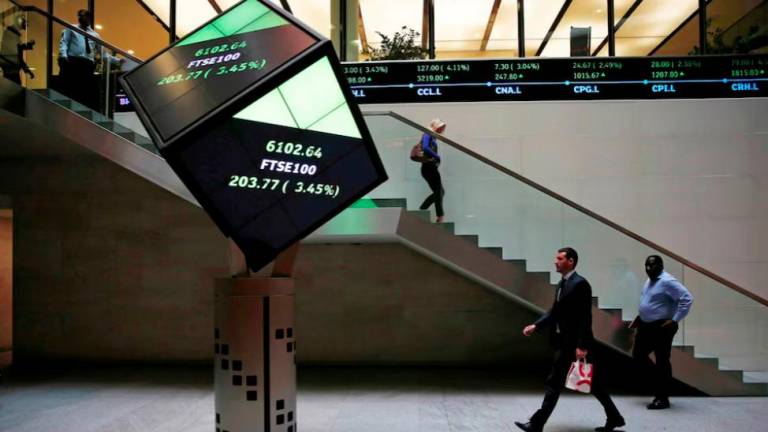KUALA LUMPUR: HSBC expects the ringgit to trade around RM4.30 against the US dollar by year-end as the greenback is projected to remain strong broadly against other major currencies, according to its head of emerging markets foreign exchange research Paul Mackel.
“The US dollar is still going to be strong in 2019, it’s a non-consensus view. I believe that the market is still trying to sell the dollar at this juncture because they think that the Fed could be a lot more dubious going forward, but we think that it is premature to jump in to this conclusion,” Mackel told a media briefing today.
He said this is given that the US economy continues to hold up and the softening of the Chinese economy is giving some downward pressure to other major currencies, including Asian currencies.
“But that is not necessarily a very negative view on the ringgit, it is more about the broad dollar staying strong (this year),” he added.
Meanwhile, HSBC’s co-head of Asian economics research Frederic Neumann said although some of the 2018’s headwinds are subsiding, the global trade generally seems to be still decelerating given the weakening demand.
“For example, we don’t expect the Federal Reserve to aggressively hike interest rates this year, we only expect one rate hike penciled in by the third quarter of this year,” he said.
However, Neumann said the bank is of the view that the process of regionalisation in Asia would provide some degree of stability to the regional trade this year.
In addition, he said the larger Chinese market also offers increasing opportunities for neighbouring economies to help support trade even as the Western demand continues to sag.
“We see clear signs of supply chains moving from China into Southeast Asia. This is a process which actually has been going on since 2015, but it get accelerated following the trade tension last year.
“We think that along with Vietnam and Thailand, Malaysia is one of the top beneficiaries of this process, which means that even if the global trade slows down, there is sufficient diversification of supply chains into Malaysia to help sustain growth.
“However, we probably can’t avoid some marginal slowdown in Malaysia. Our estimate for Malaysia’s gross domestic product growth last year was 4.7%, and this year (we expect it) will be about 4.5% given the headwinds that are still present,” he added.













